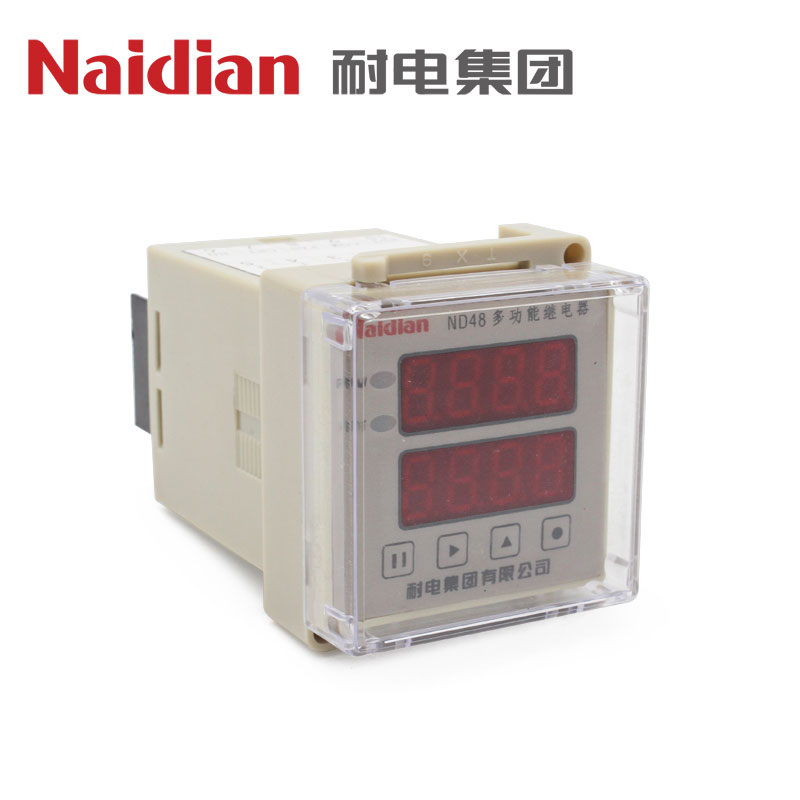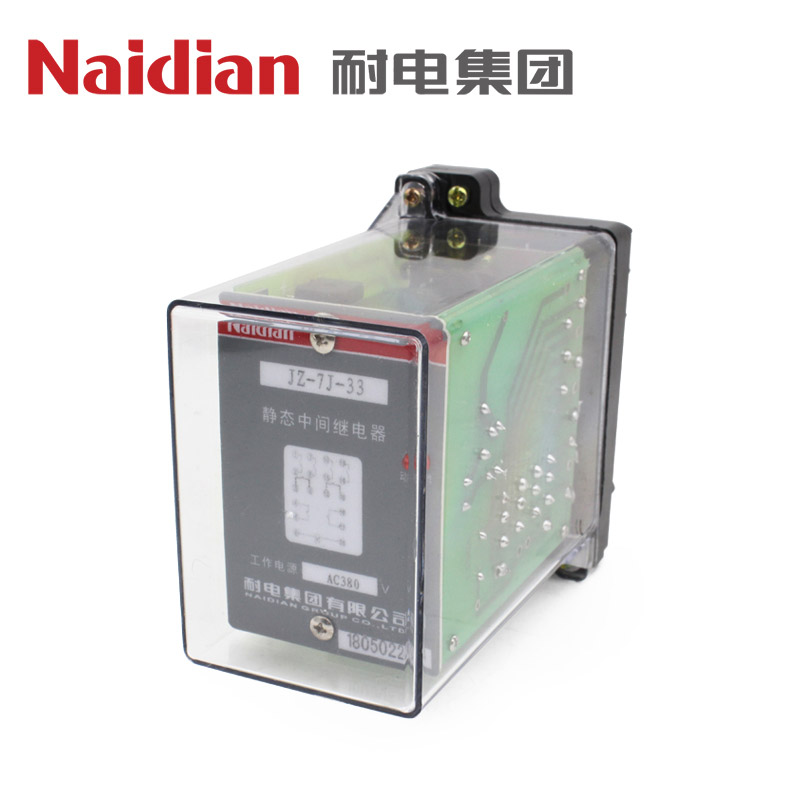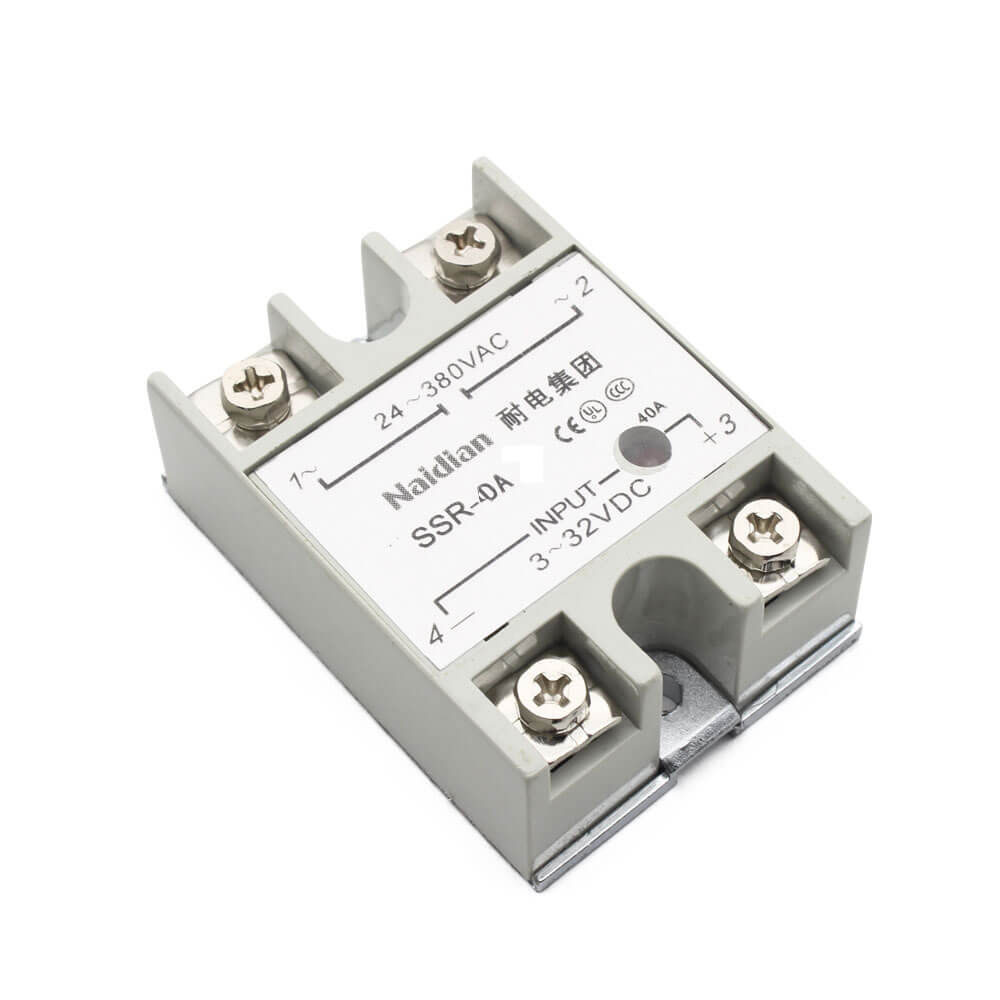【Increase knowledge】The purpose of different relays
What is the different relay uses? Let us introduce them separately below.

(1) Electromagnetic relay:
An electrical relay works by using the suction force generated between the electromagnet core and the armature by the circuit in the input circuit.

(2) Time relay: When the input signal is added or removed, the output part needs to be delayed or limited to the specified time before closing or disconnecting the controlled circuit relay.
Intermediate relay: It is used to transmit signals or control multiple circuits at the same time. It can also be used directly to control small-capacity motors or other electrical actuators. Its structure is basically the same as that of an AC contactor.
1) Electronic time relay
An electronic time relay is also called a semiconductor time relay or transistor time relay. It is a new type of time relay combining contact and non-contact. It has the advantages of a wide delay range, high precision, convenient adjustment, etc., and also has a power-on delay and power-off delay functions.
2) Digital display time relay
An explicit time relay is suitable for AC 50Hz, rated operating voltage 380V and below, or DC 24V and below control circuit as a delay element, to connect or break the circuit according to the predetermined time.
3) Digital time relay
What is the digital time relay for? Digital time relays are used to switch on or off circuits with higher voltage and higher current. In many control systems, it is necessary to use time relays to realize delay control.
4) Intelligent time relay
Intelligent time relay refers to a kind of relay whose output circuit needs to go through the specified accurate time to produce a jumping change (or contact action) after adding (or removing) the input action signal.

(3) Power relay
The working principle of a power relay is the same as that of a normal relay. They have the same components and the same switching method as above, but they have higher current and voltage ratings, enabling switching to be performed on high-power loads. Unlike conventional relays, power relays are specially designed to generate less heat and reduce arcing when switching. The switching contacts of a power relay are quite different from those of a normal relay.

(4) Solid-state relay
The solid-state relay is a four-terminal active device, two of which are input adjustment terminals and the other two are output control terminals. It not only amplifies and drives the response but also isolates it. Ideal for driving high-power switching actuators. Compared with electromagnetic relays, it has the advantages of high reliability, no contact, long service life, fast speed, and little interference to the outside world, and has been widely used.
(5) Grounding, phase sequence, phase loss blocking relay
This kind of phase failure and phase sequence protection relay is equipped with a sampling circuit of three phase wires inside, especially for some driving or machine tools that require no phase adjustment at will. The protector with this structure is used for overvoltage and under-voltage, phase failure protection in three-phase AC circuits, and phase sequence protection in irreversible transmission equipment. It has the characteristics of reliable performance, wide application range, and convenient use.
(6) Level relay
The high and low level of the relay means that the high and low voltage of the relay fluctuates smoothly within the standard range. The relay, also known as the relay, is an electronic control device. It has a control system and a controlled system. It is usually used in automatic control circuits. It is actually an "automatic switch" that uses a smaller current to control a larger current. ". Therefore, it plays the role of automatic adjustment, safety protection, and conversion circuit in the circuit.
(7) Leakage relay
The leakage relay is used to detect whether there is leakage in the line and equipment. Once the leakage occurs, it will automatically trip and cut off the power, which can prevent the leakage of the wire and equipment, or the electric shock accident caused by the process of using electricity, and avoid the fire accident caused by the leakage.
(8) Shock relay
The impact relay is a kind of integrated circuit and case, which is used as the main component of the centralized signal in the relay protection and control circuit of direct operation. It is often used in the early warning and accident alarm circuits of the central signal system of power plants and substations.
(9) Voltage relay
The voltage protection relay is a multi-functional three-phase three-wire power supply system or a monitoring and protection instrument for three-phase electrical equipment. It integrates three-phase voltage display, overvoltage protection, under-voltage protection, phase loss protection (phase failure protection), three-phase voltage unbalance protection, and phase sequence protection (wrong phase protection).
(10) Reclosing relay
Reclosing is to trip after the outlet of the power circuit fails. After a certain period of time, it will detect whether the circuit returns to normal, and if it is normal, it will be closed again. That is, automatic processing of fault tripping occurs and reclosing needs to be recharged.
(11) Overcurrent relay
What does an overcurrent relay do? Its main functions are self-regulation in the circuit, maintenance of safety, and conversion of the circuit. An overcurrent relay is a kind of electronic control component, which is equipped with input and output circuits. It is generally used in automatic control circuits. In fact, it is also a type of automatic switch that controls large currents through small currents.
(12) Signal flashing relay
The flasher relay is an automatic control device whose output will change dramatically when the input (electricity, magnetism, sound, light, heat) reaches a certain value. Relay characteristics of the relay The input signal x of the relay increases continuously from zero to the action value xx when the armature starts to pull in, and the output signal of the relay immediately jumps from y=O to y=ym, that is, the normally open contact changes from off to on.
Selecting the correct relay is critical to the reliability of the controller and the integrity of the switching signals. Before choosing a relay, you should not only consider the rated power but also other important factors such as its working life, working environment, size, coil voltage, coil current, and switching time. All these factors play an important role in making the system more efficient and secure.

